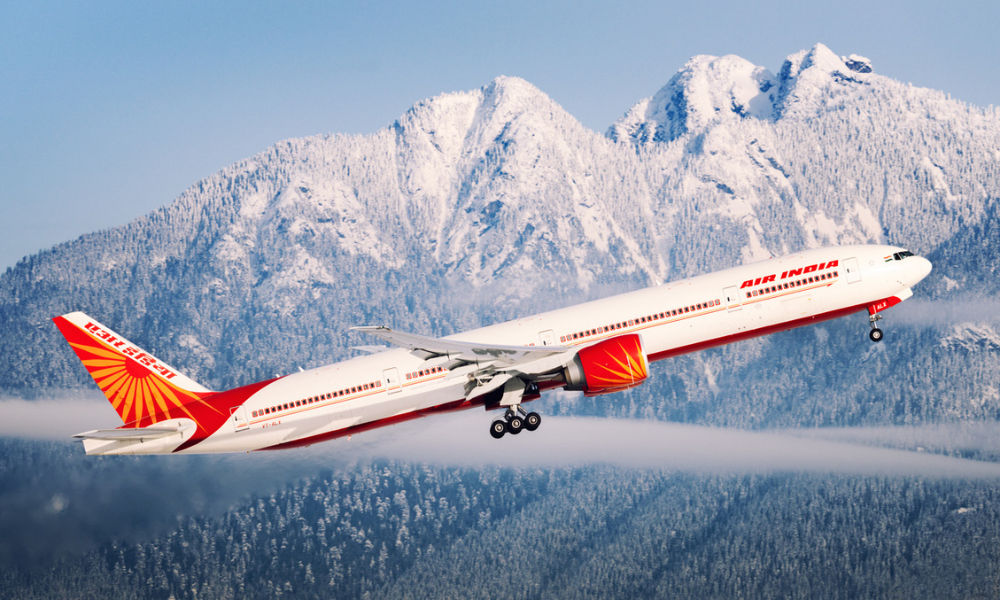Canada benefiting ‘from challenges of obtaining and renewing H-1B visas,' says lawyer, mentioning 'doors closing' in U.S.

In deciding where to go, immigrants from India appear to be preferring Canada over the United States, according to the National Foundation for American Policy (NFAP).
Specifically, the number of Indians immigrating to Canada has more than quadrupled from 32,828 in 2013 to 139,715 in 2023, an increase of 326 per cent.
The rise in students from India attending Canadian universities fueled the immigration growth, according to NFAP. International student enrollment increased by 51.6% at Canadian universities from 2016 to 2019.
Meanwhile, the comparable number for the U.S. universities was 5.6%.
Over the last two decades, the number of people from India attending Canadian universities increased by over 5,811 per cent, from 2,181 in 2000 to 128,928 in 2021, an increase of 126,747. Indian students account for 37% of the increased enrollment in international students attending Canadian universities between 2000 and 2021.
Meanwhile, during the same period, the number of international students in the U.S. rose from 526,809 to 763,760, an increase of 236,951 or 45%, said the NFAP.
In January, the federal government said it is limiting the number of international students it will allow to come to the country this year in hopes of addressing the holes in the way things are today. Ottawa is putting a cap on roughly 360,000 approved applications for 2024, a decrease of 35 per cent from 2023.
Easier pathway to work for immigrants to Canada
In the past couple of years, the federal government has announced numerous pathways to immigration to Canada, making it easier for immigrants to come to the country and find employment.
The situation in the U.S. is not the same, and this may be the determining factor swaying Indian immigrants to Canada’s side of the border, according to Peter Rekai, founder of the Toronto-based immigration law firm Rekai, in the NFAP press release.
“Canada is benefiting from a diversion of young Indian tech workers from U.S. destinations, largely because of the challenges of obtaining and renewing H-1B visas and finding a reliable route to U.S. permanent residence,” he said. “The Indian influx to Canada has much to do with doors closing in the United States.”
In July 2023, Canada’s program to lure H-1B visa holders to the country attracted enough applications that it reached the 10,000 limit in less than 48 hours.
Also, U.S. immigration law remains less attractive than Canada’s for international students who wish to work after graduation, noted the NFAP.
Recently, Prime Minister Justin Trudeau said that the growth in the number of temporary immigrants in Canada needs to be brought “under control”.




